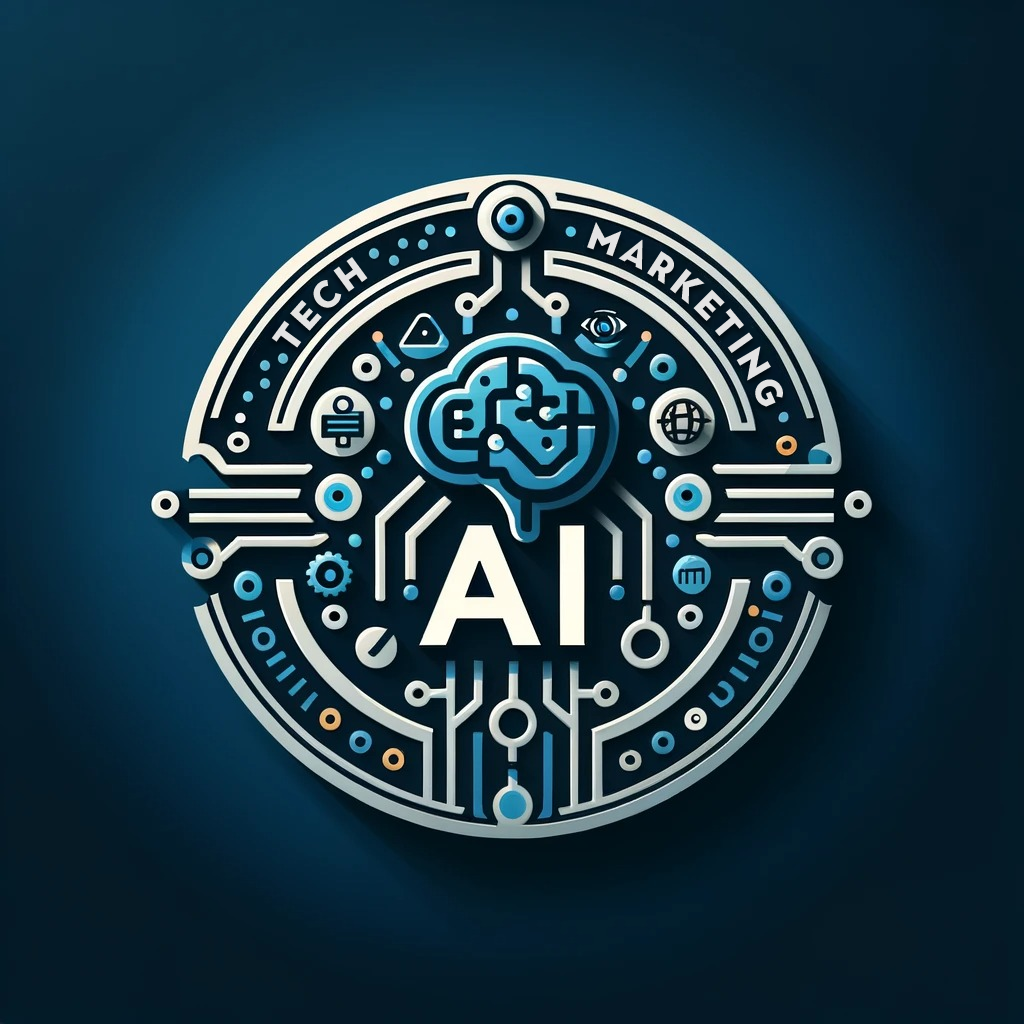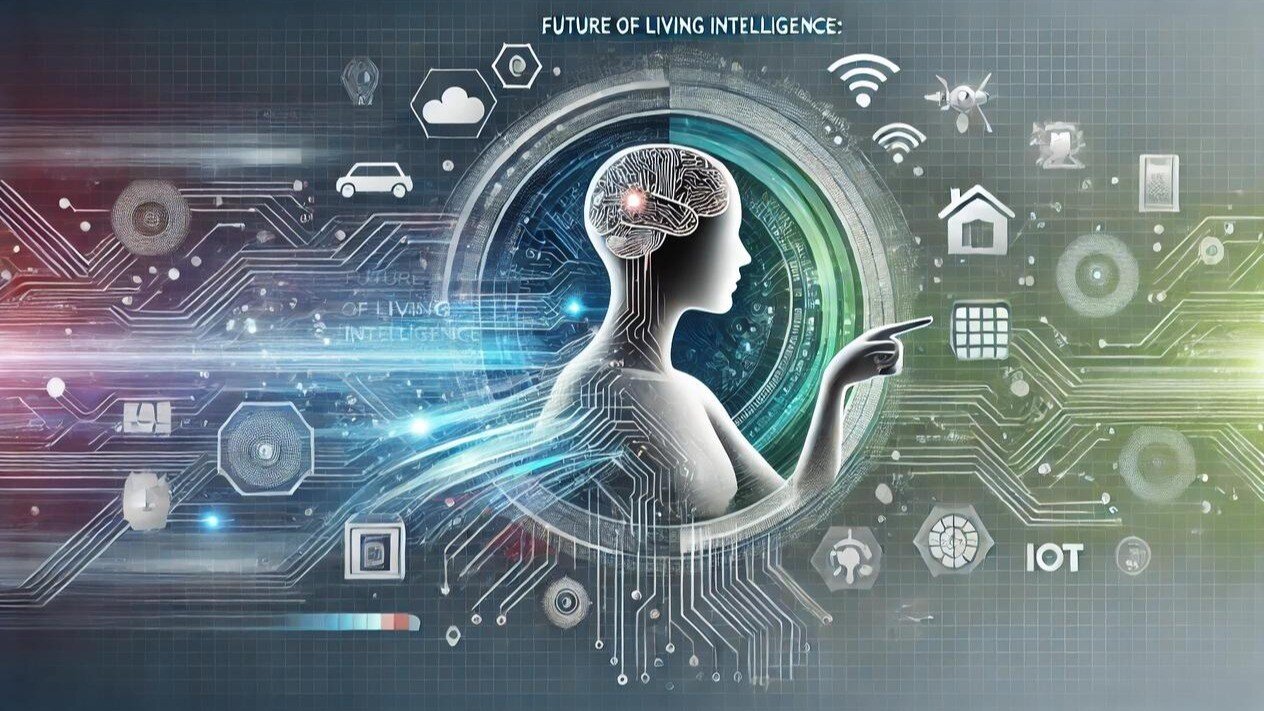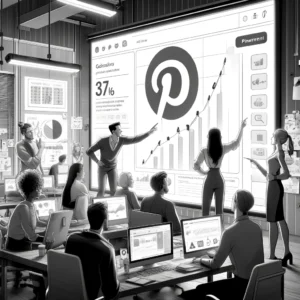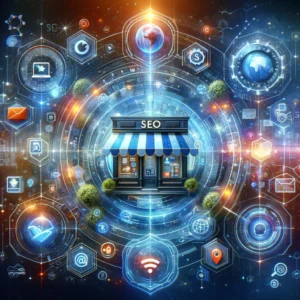The rapid evolution of artificial intelligence (AI), biotechnology, and advanced sensor technology is shaping a new era of “Living Intelligence.” This transformative convergence is driving innovation in healthcare, environmental monitoring, robotics, and human augmentation. By integrating AI-driven analytics, bioengineered solutions, and real-time sensor data, we are unlocking unprecedented capabilities that were once the stuff of science fiction.
In this blog, we will explore how these cutting-edge fields are intersecting, the potential applications, and what the future holds for Living Intelligence.
The Core Pillars of Living Intelligence
The concept of Living Intelligence revolves around three fundamental technologies:
1. Artificial Intelligence (AI)
AI serves as the backbone of this transformation, enabling machines to analyze, learn, and make decisions in real time. From deep learning and neural networks to natural language processing (NLP), AI enhances the way we interpret vast amounts of data. AI algorithms help detect patterns, predict outcomes, and optimize solutions across various domains, including healthcare, agriculture, and environmental sciences.
2. Biotechnology
Biotechnology is revolutionizing medicine, agriculture, and bioengineering by manipulating biological systems at the cellular and genetic levels. CRISPR gene-editing technology, lab-grown tissues, and bioengineered organisms are reshaping how we approach diseases, food production, and sustainability. The integration of AI accelerates genetic research, improves personalized medicine, and optimizes agricultural productivity.
3. Advanced Sensor Technology
Sensors play a crucial role in bridging AI and biotechnology. They collect real-time data from biological and environmental sources, enabling accurate monitoring and decision-making. Wearable health devices, bio-sensors, and Internet of Things (IoT) networks continuously feed data into AI-driven systems for real-time analysis and adaptive responses.
The Applications of Living Intelligence
1. Smart Healthcare and Precision Medicine
AI-powered diagnostics, wearable sensors, and biotechnology innovations are transforming healthcare. Smart biosensors detect early signs of diseases, while AI-driven algorithms personalize treatment plans based on genetic data. This enables precision medicine, reducing trial-and-error treatments and improving patient outcomes.
2. Bioengineered Environments and Sustainability
Living Intelligence is paving the way for bioengineered materials and self-sustaining environments. AI and biosensors monitor soil health, optimize water usage, and control crop diseases, ensuring sustainable agricultural practices. Smart biospheres can adapt to climate changes, making urban areas greener and more resilient.
3. Human Augmentation and Neural Interfaces
Neurotechnology is advancing rapidly, with AI-enhanced brain-computer interfaces (BCIs) allowing direct communication between the human brain and machines. This opens new possibilities for individuals with disabilities, cognitive enhancement, and even brain-to-brain communication.
4. Environmental and Wildlife Monitoring
Advanced sensors and AI-driven analytics are revolutionizing wildlife conservation and environmental monitoring. Smart sensors track endangered species, detect pollution levels, and predict natural disasters, enabling proactive measures to protect biodiversity and ecosystems.
5. Autonomous Robotics and AI-Driven Bioengineering
The combination of AI and biotechnology is enabling the development of bio-inspired robots that can adapt to different environments. From robotic prosthetics that mimic human movements to autonomous drones that monitor ecosystems, these innovations are enhancing both human capabilities and scientific exploration.
Ethical Considerations and Challenges
While Living Intelligence presents vast opportunities, it also raises ethical and societal concerns:
- Privacy and Data Security: The integration of AI and biosensors involves vast amounts of sensitive personal data. Ensuring data privacy and cybersecurity is crucial to prevent misuse.
- AI Bias and Decision-Making: AI algorithms must be transparent and unbiased, as flawed datasets can lead to inaccurate medical diagnoses or unethical genetic modifications.
- Human Enhancement vs. Natural Evolution: The ethical implications of genetic editing and AI-driven enhancements must be carefully considered to avoid unintended consequences.
- Environmental Risks: Bioengineered organisms and AI-driven ecological interventions must be tested rigorously to prevent ecological disruptions.
The Future of Living Intelligence
As technology continues to evolve, Living Intelligence will become an integral part of our daily lives. AI-driven biosensors will enable early disease detection, neural interfaces will enhance human cognition, and smart ecosystems will optimize resource management. Collaboration between AI researchers, biotechnologists, and environmental scientists will be crucial in ensuring that these advancements benefit humanity while minimizing risks.
With careful regulation, ethical guidelines, and continued innovation, Living Intelligence has the potential to redefine the boundaries of human capabilities, health, and sustainability.
#AI #Biotechnology #LivingIntelligence #ArtificialIntelligence #AdvancedSensors #FutureTechnology #SmartHealthcare #NeuralInterfaces #SustainableTech #WearableTech #Bioengineering #PrecisionMedicine #TechInnovation #IoT #SmartSensors #Neuroscience #AIHealthcare #EnvironmentalTech #HumanAugmentation #AIRevolution




